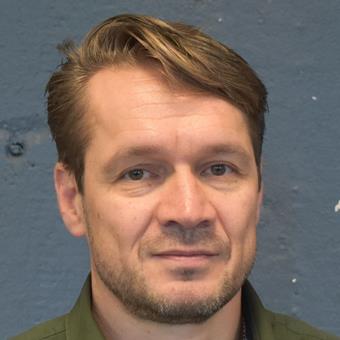The field of computer vision is a sub area of AI, and it has its roots in the modeling of the human visual system (HVS).
It is commonly accepted that about 80% of what we perceive is vision-based (DOI 10.3233/NRE-2010-0599), but modeling vision is a systematically underestimated scientific challenge - an implication of Moravec’s paradox, “We're least aware of what our minds do best” (Minsky 1986).
The highly intuitive nature of the HVS makes it difficult for us to understand the myriad of interdisciplinary problems associated with computer vision.
The research at the Computer Vision Laboratory (CVL) has a strong focus on theory and methods, in particular within machine learning, signal processing, and applied mathematics. The resulting methods are applied in fields where technical systems are supposed to coexist with and therefore predict actions of humans. Self-driving cars sharing road space and interacting with humans, sustainable forestry and agriculture, monitoring of greenhouse gases as well as classification and monitoring of animals are some application domains.
CVL's research topics cover a wide range of challenges within machine learning for computer vision and robot perception:
- Continuous-time modeling of 3D motion
- Estimation of pose and 3D structure
- Few-shot and weakly supervised learning
- Geometric deep learning
- Human and animal motion analysis
- Medical imaging and analysis
- Quantum machine learning
- Reinforcement learning
- Remote sensing and data analysis
- Semi-supervised and incremental learning
- Scene flow estimation
- Uncertainty representation
- Video and semantic segmentation
- Vision for action
'He who loves practice without theory is like the sailor who boards ship without a rudder and compass and never knows where he may cast.'
Leonardo da Vinci (1452-1519)
Courses
Courses given by the Computer Vision Laboratory
Specialisations
Specialisation in Computer Vision and Signal Analysis
Specialisation in Mathematical Computer Vision



































